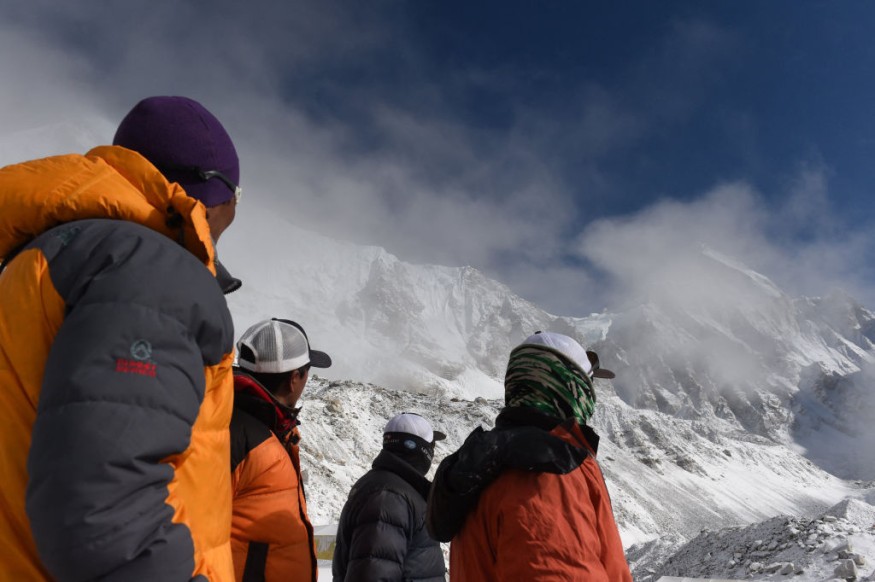
The Himalayas were once safeguarded from cyclones by the regularity of the climate, according to a recent analysis. In contrast, more avalanches are being caused by the present erratic monsoon events.
More Avalanches, More Dangers in the Himalayas
Research showed that avalanches cause an uptick in deaths in the Himalayas, in addition to posing a greater threat to the safety of climbers.
Although the risk of avalanches in high-altitude mountaineering is already a given, experts are raising concerns that global warming is affecting the climbing season of the Himalayan mountain range, making it even more dangerous and unpredictable.
A recent analysis revealed that avalanches had killed at least 564 climbers who were acclimatizing to peaks higher than 14,770 feet in the Himalayas over the past five decades.
Notably, this mountain range boasts 14 peaks exceeding 24,240 feet in height, in addition to several other renowned climbing destinations.
Between 1895 and 2022, there were a minimum of 1,400 mountaineering fatalities in the Himalayas, with avalanches accounting for 33% of these tragic incidents.
Mountaineer Alan Arnette, who has written on Nepal's climbing seasons, claimed that catastrophic avalanches on well-known summits like Everest, Ama Dablam, Manaslu, and Dhaulagiri were not an unusual occurrence.
He said that mountains will avalanche-like they have for many years.
However, the occurrence and timing of the most recent avalanches could be a sign of things to come for mountaineering in the Himalayas as a result of global warming.
Cyclone Season vs. Erratic Monsoons
The most notable climbing peaks lie in the central Himalayas. Traditionally, the climbing season spanned March to May and September to November, avoiding the monsoon.
This coincided with the Indian Ocean hurricane season, which was not a significant concern until recently.
The Himalayan highlands are typically shielded from the effects of cyclones that originate in the Indian Ocean because the storms lose energy as they cross the landmass, according to Arun Bhakta Shrestha, an International Centre for Integrated Mountain Development climate scientist.
However, cyclones do infrequently affect the interior of the Himalayan highlands, bringing severe snowfall and occasionally even resulting in fatalities.
The monsoon has become more erratic, with brief bursts of heavy rain and extended periods of dry weather, according to Roxy Mathew Koll, an Indian Institute of Tropical Meteorology climate scientist.
The cyclones in the Arabian Sea have also increased in frequency, intensity, and duration, and they are intensifying quickly in both the Arabian Sea and the Bay of Bengal.
Disrupted Climbing Season
Because of the dramatic changes in monsoon precipitation patterns and the increased frequency and intensity of cyclone formation in the rapidly warming Indian Ocean, the once reliable climbing season is now more regularly interrupted by these supercharged storm systems.
Popular summits like Annapurna and Everest in the central Himalayas and those under the extended monsoon's effect, such as Nanga Parbat (western Himalayas), already present a very significant avalanche risk to climbers.
One of the primary triggers of avalanches is new, heavy snowfall, and when unseasonal storms hit these mountains, the danger and likelihood of fatalities also increase.
Related Article : Himalayan Glacier Massive Loss Reaches 65%
© 2025 NatureWorldNews.com All rights reserved. Do not reproduce without permission.





